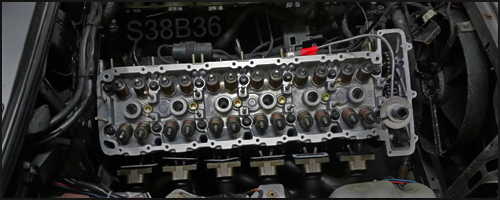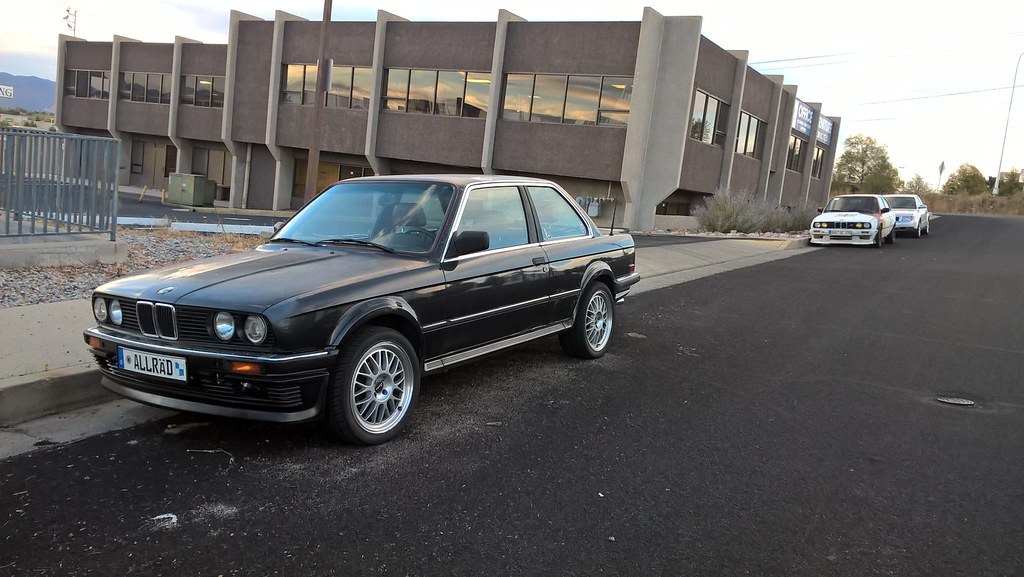Originally posted by AWDBOB
View Post
i wonder if these were these specced as a NA piston that was later adapted to FI. they look awfully featherweight

























Comment